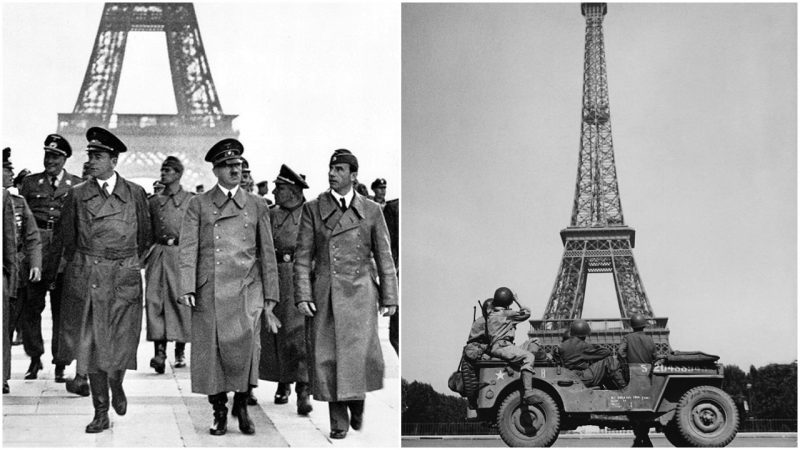Constructed at the end of the nineteenth century to serve as the entrance to the 1889 World’s Fair, the Eiffel Tower was initially a subject of criticism from the French intelligentsia; artists and intellectuals believed that such a tower would only cast a shadow on other significant landmarks in the French capital. But during the first half of the twentieth century, the Eiffel Tower eventually became a cultural icon of France and one of the most recognizable sites in the whole world.
First and foremost, the iconic site of Paris was a place where many innovations and experiments took place in the early twentieth century. For instance, in 1910, the German physicist Theodor Wulf conducted experiments and measured radiant energy at the top and the bottom of the tower, surprisingly proving that the energy was more present at the top; he accidentally discovered what is today known as cosmic rays.
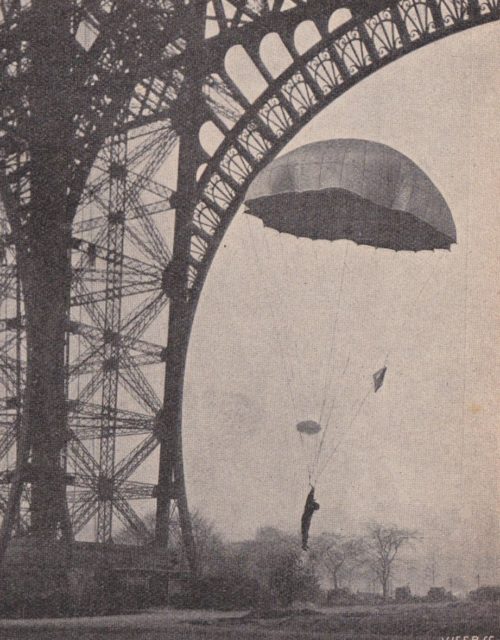
In between the two World Wars, the site made space for the tallest-situated adverts in the world at that period, which had been illuminated Citroën signs on three sides of the tower. The tower also hosted experimental low-resolution television transmissions.
The Eiffel Tower was not excluded from the events of WWI and WWII. In 1914, at the outbreak of WWI, a radio transmitter was situated in the tower which jammed German radio communications, seriously hindering the enemy’s advance on Paris and contributing to the Allied victory at the East Battle of the Marne from 7–12 September 1914.
The Germans, however, captured Paris during WWII. Upon their arrival in the city, the lift cables of the Eiffel Tower were cut by the French. During the years of the war, the site remained closed to the public, and the elevators were repaired only in 1946. In 1940, the German soldiers had to climb the tower to hoist the swastika flag; the flag was so large that it was blown away just a couple of hours later and needed to be replaced with a smaller one. The Tricolour remained lowered until 25 June 1944, until the Germans had been driven out of the capital.
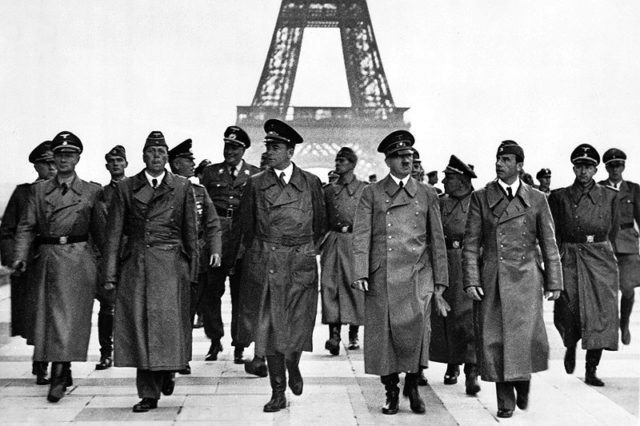
Hitler visited Paris only once, and reportedly, he would gush about the French capital for months afterward. He was so impressed by the city, especially upon visiting Napoleon’s tomb, as both him and Napoleon had been foreigners to the countries they ruled. When he was at the Eiffel Tower, he preferred to stay on the ground.
After the visit, the Fuhrer also considered massive construction program of new public buildings in Berlin, in an attempt to “destroy” Paris, not with bombs, but with imposing architectural achievements. He had ordered such plan to his friend and architect, Albert Speer, also noting: “Wasn’t Paris beautiful? But Berlin should be far more beautiful. When we are finished in Berlin, Paris will only be a shadow.”
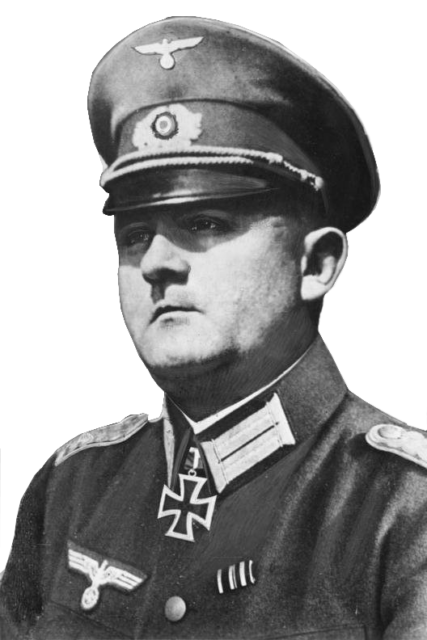
By August 1944, the fortunes of the Nazis had changed in the war. The Allies were nearing Paris and Hitler ordered General Dietrich von Cholitz, who was at that point newly-appointed military governor of Paris, to demolish all Parisian religious and historical monuments, the Eiffel Tower included. Hitler’s words were: “The city must not fall into the enemy’s hand except if lying in complete rubble.”
But General von Cholitz was conscious that the German military was not that strong anymore and had later also asserted that he believed Hitler was already insane at that point. He was soon saluted as “the Saviour of Paris.”
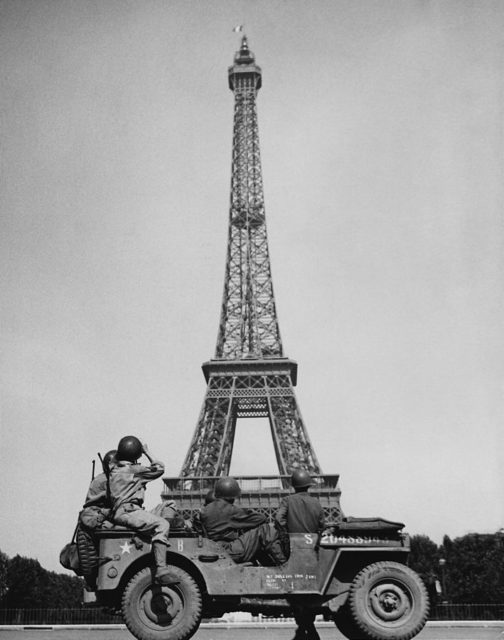
After the war, a couple of more intriguing events took place around the iconic Eiffel Tower. A fire in 1956 started in the television transmitter, damaging its top. It took a year for repairs and the installation of the current radio aerial.
Read another story from us: Hitler’s Gold in the Baltic Sea
Allegedly, in 1967, the tower was to be dismantled and temporarily relocated to Montreal to serve as a landmark and tourist attraction during the Expo 67, but this never came to pass. As of 1964, the Eiffel Tower is also officially declared as a historical monument by the Minister of Cultural Affairs, André Malraux.
